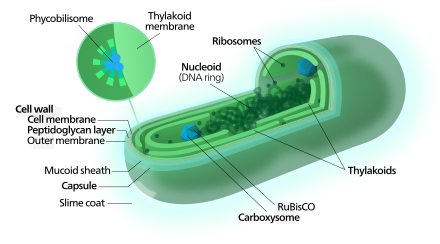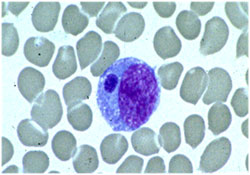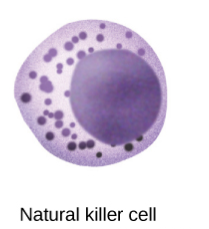In the 18 years that Dr. Marra has been practicing tick-borne disease illness, there has been great controversy over the use of antibiotics in the treatment of these stealth and persistent infections. She doesn’t think the answer to this controversy is any easier today than it was 20 or 40 years ago. However, over the … Read More “The Antibiotic Controversy” »
Tag: environmental illness
In September 2012, Dr. Stephen Fry, Director of Fry Laboratories in Scottsdale, Arizona, presented on Protomyxzoa rheumatica, the most recently identified vector-borne illness which is probably transmitted by a mosquito bite, as well as other biting insects. Dr. Fry noted that Protomyxzoa is an autoimmune vascular pathogenic protozoan that adheres to the endothelium of blood vessels and … Read More “Protomyxzoa Rheumatica” »
Ketotifen Use in Tick-Borne Illness Ketotifen is a second-generation noncompetitive H1 antihistamine and mast cell stabilizer with probable anti-inflammatory properties. It may also have anti-cholinergic and anti-serotonergic properties that contribute to its overall beneficial effect in certain patients. It is an oral compounded capsule taken with meals and may be useful in the treatment of … Read More “Ketotifen” »
Multiple Chemical Sensitivities (MCS) Multiple Chemical Sensitivity is characterized by extreme intolerance of environmental odors such as diesel fuel, tobacco smoke, chemicals, perfume, cleaning products, new carpeting, formaldehyde, chlorine, and a host of other odors that plague our modern world. MCS is frequently associated with “sick building syndrome” where the patient has been exposed to … Read More “Multiple Chemical Sensitivities” »
Chronic Inflammatory Response Syndrome (CIRS) was coined in 2003 by Dr. Richard Shoemaker in Pocomoke, Maryland when he began seeing a multitude of patients with mold toxicity from water-damaged buildings. However, CIRS is also found in ciguatera and cyanobacteria exposure, post Lyme syndrome, recluse spider bites, traumatic brain injury, and chronic fatigue syndrome. CIRS is … Read More “Chronic Inflammatory Response Syndrome” »
Ehrlichia chafeensis (HME), Ehrlichia ewengii and Anaplasma phagocytophilum(HGE), are emerging zoonotic diseases, especially in areas where human urban living encroaches on endemic tick areas. These bacteria are largely found in mammals residing in the southeastern, south-central, and mid-Atlantic areas of the United States, and according to the CDC, most cases are reported in the states of Maryland, Arkansas, Missouri, … Read More “Ehrlichia and Anaplasma” »
Natural killer cells (CD57 cells) were first noted by a Swedish researcher, Rolf Kiessling in the 1970s, and are a type of T cell, representing a significant component of the innate immune system. CD57 cells do not produce antibodies against a foreign pathogen, but rather, are activated by chemical messenger molecules derived from macrophages including … Read More “Natural Killer Cells” »
EMF (Electromagnetic) sensitivity is increasing as 5G rolls out and new cell towers are being built to accommodate the shift in EMFs. Humans generate their own magnetic field at a much lower strength than what we find in our environment with satellites, cell phones, laptops, microwaves, electronic appliances, electric cars, etc…There are non-thermal (heat) effects … Read More “EMF Sensitivity” »







